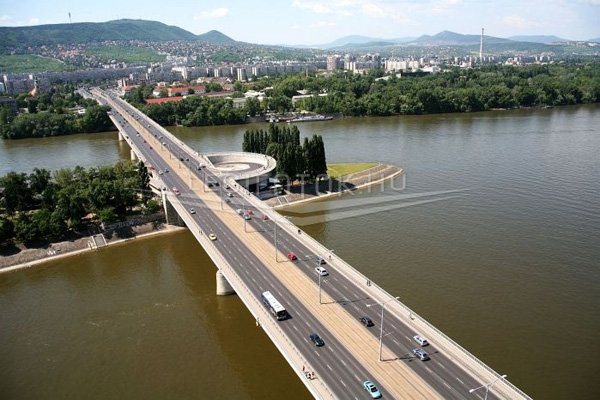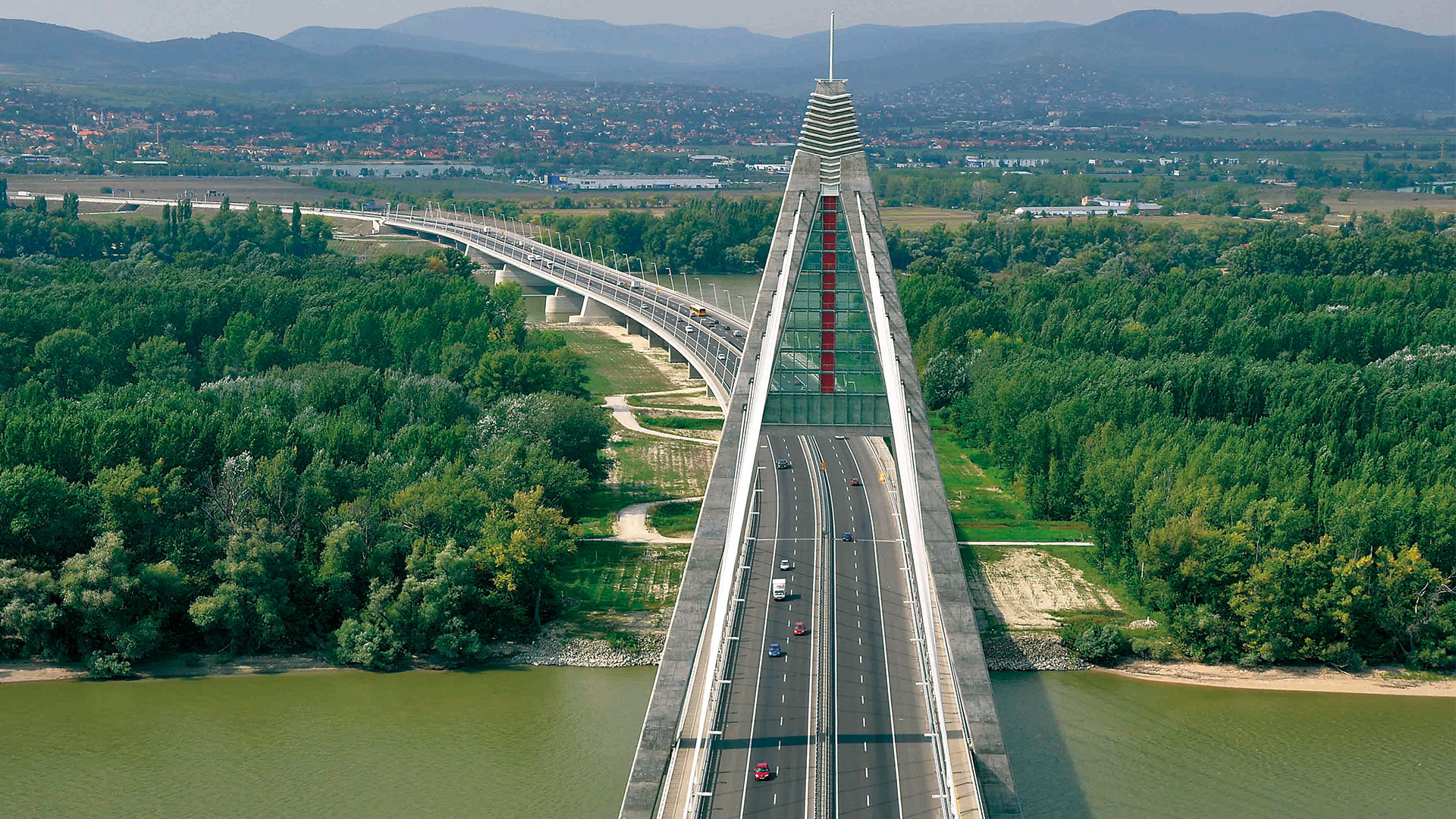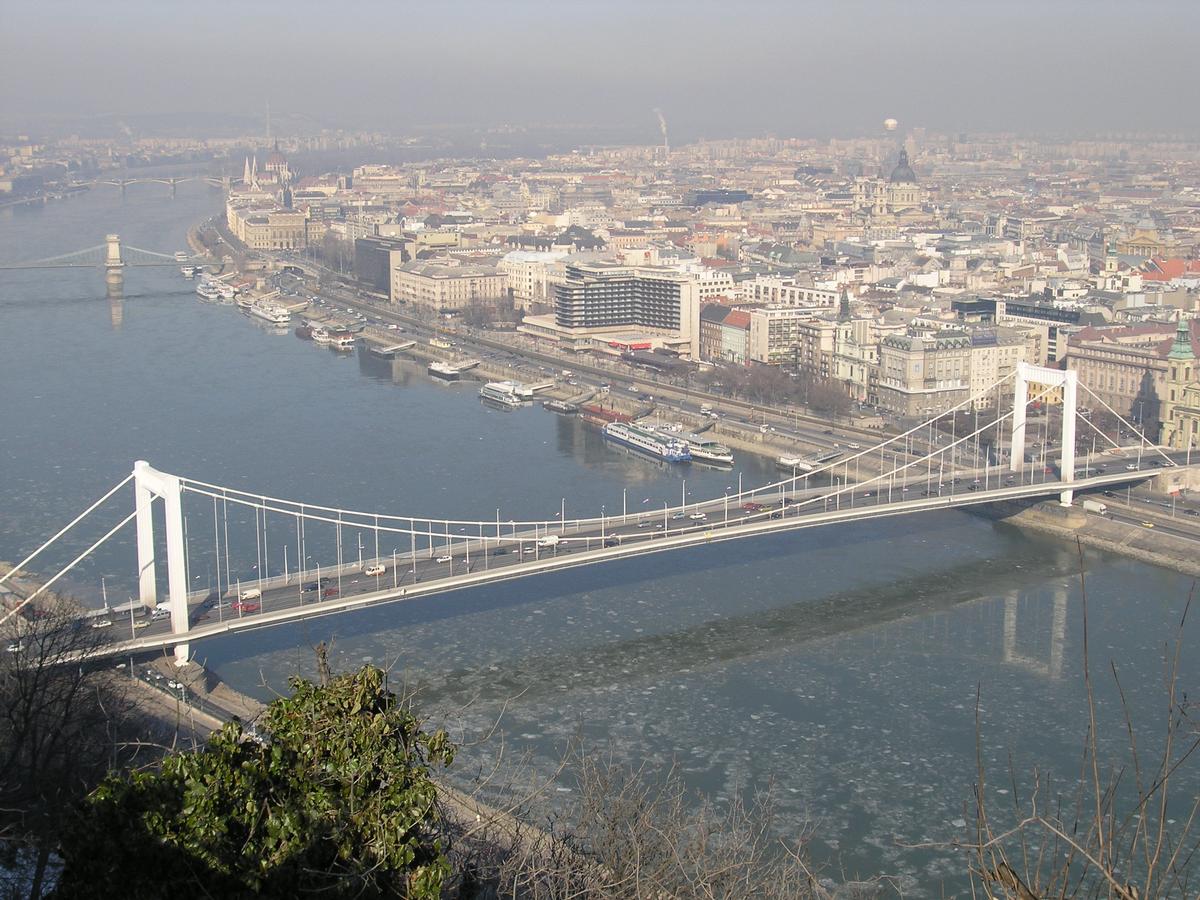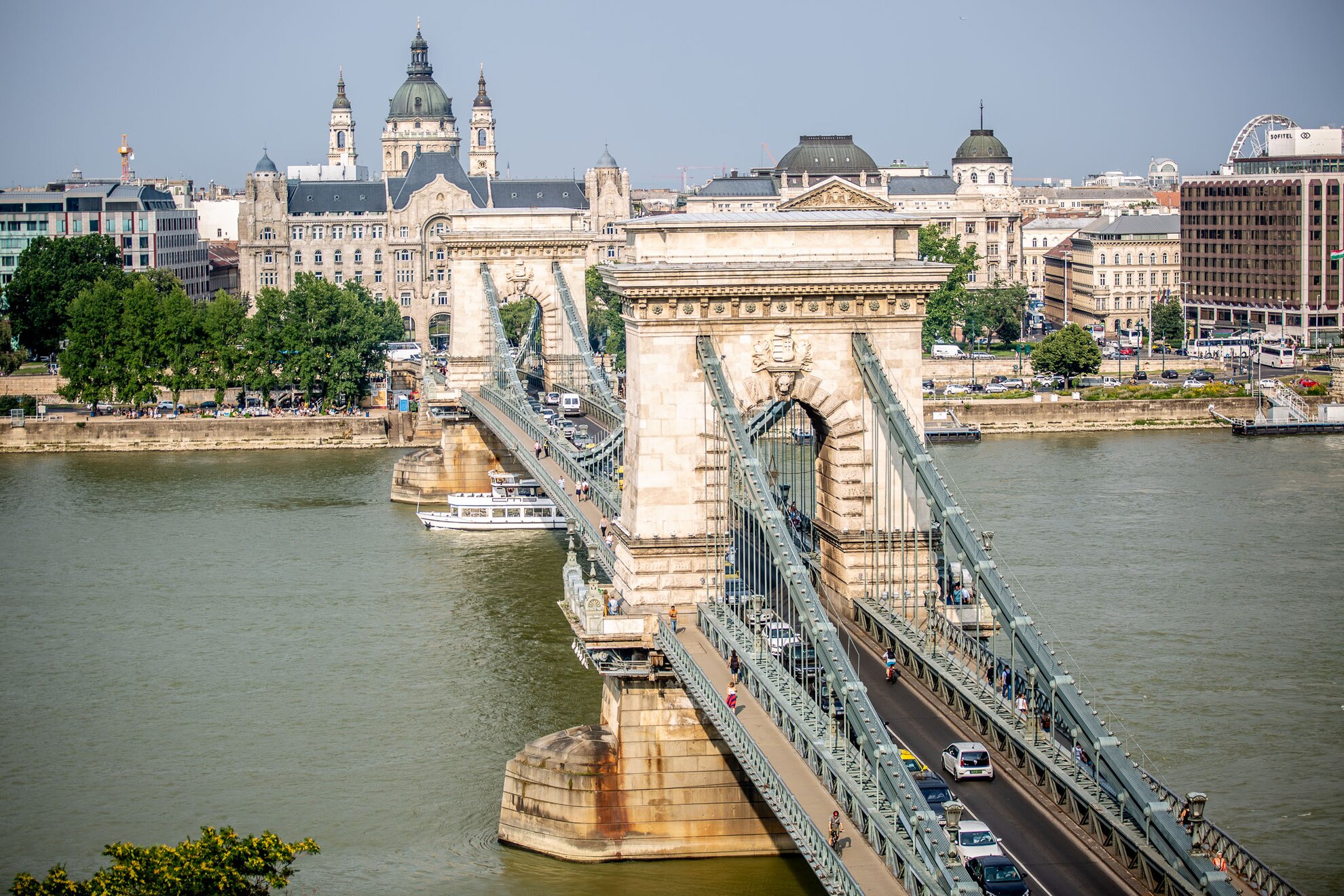Budapest, Hungary’s gorgeous city, is a terrific spot for photographers to go since its architecture is unique and it will always be beautiful. The bridges that cross the lovely Danube River and connect the towns of Buda and Pest in stunning ways are some of the most famous things about it. This article lists the 10 greatest bridges in Budapest for taking pictures. It is the ideal resource for travelers and photographers who want to capture the beauty of the city’s scenery.
You can see the skyline of Budapest in a very different way from each of its bridges, especially at sunrise and sunset. Some of these bridges are very old, while others are very new and high-tech. Not only are the bridges in Budapest amazing pieces of architecture, but they also tell stories and show off the city’s rich culture and history.
You may find dramatic compositions on all of the bridges, from the Liberty Bridge’s wide angles to the Chain Bridge’s decorative details. These compositions can help you take beautiful pictures of landscapes, cities, and trips. These bridges give you great views of the neighborhood. You can see the Parliament Building, Buda Castle, Gellért Hill, and the Danube River’s gentle curves from them. These top bridge spots are crucial places to view, therefore you need to include them in your photography strategy for Budapest.
The Top Ten Bridges For Photographs In Budapest
10. Árpád Bridge

Árpád Bridge spans the Danube in northern Budapest, connecting Buda and Pest with a wide roadway and tram tracks. Completed in 1950 after World War II, it was originally named Stalin Bridge and later renamed Árpád Bridge in 1958. Its long line of repetition in support piers creates compelling leading lines for urban landscape photographs. From riverbank or bridge side vantage points, it frames Margaret Island and rolling hills in the background for sweeping scenes. Early morning and evening light soften the concrete tones while adding depth. This structure rarely appears in common guides yet offers striking compositions with clear geometry that appeal to modern architectural travel photography. It works well for dynamic water reflections and long exposures especially when capturing passing vehicles or trams with motion blur. Shadows between its pillars can provide artistic contrast in black and white or minimal style treatments.
9. Petőfi Bridge

Located south of the city center, Petőfi Bridge connects Boráros Square in Pest with Goldmann Square in Buda. Built between 1933 and 1937 and rebuilt after wartime destruction, the steel truss design offers a clean structured profile across the river. This bridge provides quieter vantage points compared to central spans, making it ideal for uninterrupted travel photography. From riverside promenades light filters onto the truss pattern to create geometric interest. Its pedestrian walkways offer views of the National Theatre and Palace of Arts across the water. During golden hour the steel gleams softly, while evening illumination casts a warm glow along the river surface. The simplicity of design combined with surrounding architecture allows for layered compositions. Capture the bridge framed by sky, city and water for balanced shots. Motion along the roadway or passing boats add dynamic elements to longer exposures.
8. Megyeri Bridge

Megyeri Bridge is the newest major crossing of the Danube in Budapest and part of the M0 ring road system. Spanning nearly two kilometres, the modern cable stay structure features soaring towers and taut cables that rise above flat river scenes. This bold modern form offers wide angle architectural photography with dynamic diagonal lines and dramatic perspective. From points on either bank or elevated vantage areas, the bridge can be captured in full alongside reflective waters. It is ideal for capturing strong modern geometry, particularly during sunrise when towers cast long shadows. At dusk the silhouette against a colorful sky gives dramatic contrast. Given its location outside the main tourist areas, compositions can include more natural surroundings like river bends and green embankments. Photographers seeking contemporary structure shots with minimal human traffic will find this a compelling subject for fine art architectural photography.
7. Margaret Bridge

Margaret Bridge is a graceful three way crossing linking Buda, Pest and Margaret Island. First opened in 1876, its neoclassical ironwork and decorative lamps create an elegant and romantic structure over the river. The central fork over Margaret Island gives a unique symmetrical structure that works beautifully in mirrored reflection shots. From the island itself or riverbank edges, photographers can frame the bridge with both skyline and island greenery. Late afternoon light brings out warm tones in the iron, sculptural railings and lamps. In the evening the bridges illuminate against a backdrop of Parliament windows, producing poetic scenes. Capture the branching structure from above on the island or along embankments for panoramic compositions. The bridge’s scale and setting offer balanced visuals without overwhelming the scene.
6. Elisabeth Bridge

Elisabeth Bridge stands at the narrowest part of the Danube in Budapest, offering minimalist suspension bridge design rebuilt in the 1960s after wartime destruction. The sleek white cables and clean lines lend themselves very well to modern urban photography. Views from riverbanks capture the bridge’s symmetry with Gellért Hill and Pest embankment in the frame. During sunset or twilight its illumination emphasizes the pure structure and quiet elegance. Close up shots of the hexagonal main cables or portal frame bring attention to engineering detail. Elevated viewpoints from nearby hills offer sweeping angles that include the bridge, spa elements near Gellért Hill and the wide Danube below. At night, the bridge is lit by Japanese designed lighting that emphasizes the white form amid dark sky and water. That contrast creates serene compositions capturing Budapest’s tranquil river atmosphere.
5. Liberty Bridge

Liberty Bridge is the shortest and most ornate central bridge in Budapest connecting Gellért tér and Fővám tér. Built in the late 1890s in Art Nouveau style, its green paint, mythological Turul bird sculptures and decorative coat of arms details make it highly instagrammable. On summer weekends it is sometimes closed to motor traffic, allowing photographers to capture the entire span from the pedestrian deck. Evening illumination brings out the metallic ornamentation and casts shimmering reflections on the Danube. From embankments or the foot of Gellért Hill, compositions frame trams crossing the bridge, the Market Hall, and the surrounding architecture. Flowers and riverside cafés add color for a vibrant travel photo scene. The bridge invites close detail shots highlighting engineering as art and wide perspectives that combine structure and urban context.
4. Fisherman’s Bastion Views of Bridges

While not a bridge itself, Fisherman’s Bastion on Castle Hill offers one of the most iconic panoramic viewpoints of multiple bridges including Chain Bridge and Elisabeth Bridge. From its neo Romanesque terraces one can capture the span of the Danube, skyline of Parliament and rising girders of bridges in one sweeping vista. Golden hour highlights the Bastion’s towers and frames the river below with golden light. The arched parapets serve as natural frames in compositions. Night views from this elevated location are also magical, showing illuminated bridges with sparkling city lights stretching alongside the Danube. Long exposure shots capture boat lights and water reflections beneath spine lines of bridges and medieval architecture above.
3. Chain Bridge

Chain Bridge is the oldest permanent bridge in Budapest. Opened in 1849 and designed by William Tierney Clark, it connects Buda and Pest with classic stone pillars and heavy iron chain suspension structure. Two iconic lion sculptures guard its entrances. The bridge is most captivating at night when it is fully illuminated, casting its golden glow across the Danube and offering dramatic reflections in long exposures. From Clark Ádám Square on the Buda side or near Eötvös Square in Pest, photographers can capture refined symmetry as well as city background including Castle Hill or Parliament. Light trails from passing vehicles add energy and movement. Onboard the bridge one can frame lamps and chain detail against the water. Shots from lower footbridges beneath the funicular also provide compelling perspectives with layers of urban light and structure. It remains a must for classic landmarks photography and artistic long exposure cityscapes.
2. Night View from Gellért Hill

From the slopes of Gellért Hill the sweeping vistas of Budapest’s illuminated skyline create an unforgettable photo opportunity. Both Chain Bridge and Liberty Bridge appear below, framed by Danube reflections and the silhouette of Buda Castle and Parliament in the distance. This vantage gives space to capture panoramic twilight scenes or long exposure streaks from boats along the river. The elevated view offers depth and context, placing bridges within a broader cityscape composition. Golden light turns into city lights in transition. Despite being a popular spot, arriving early ensures clear shooting space. Compositions here tell a full story of Budapest’s river and historic core in one image. Gellért Hill works for time lapse sequences or layered exposures, delivering dynamic visual narrative across multiple bridges and landmarks.
1. Chain Bridge From Fisherman’s Bastion at Night

The ultimate location for photography in Budapest is observing Chain Bridge from the vantage of Fisherman’s Bastion after dark. This classic composition features the lit suspension bridge in the foreground with Castle Hill and Parliament beyond, touching the skyline of the Danube. Twilight glow transitions into radiant night lights, giving scenes full of depth, symmetry and cultural storytelling. Archways of the bastion act as foreground frames. Motion trails from boats cut across reflections creating visual rhythm. The juxtaposition of historic architecture above the river and a grand illuminated bridge below crafts a quintessential Budapest image recognized by photographers worldwide. It merges night photography, structural beauty and urban elegance in one frame. This view delivers the kind of standout image that ranks highly in search and visual discovery without needing any personalization or tags.






